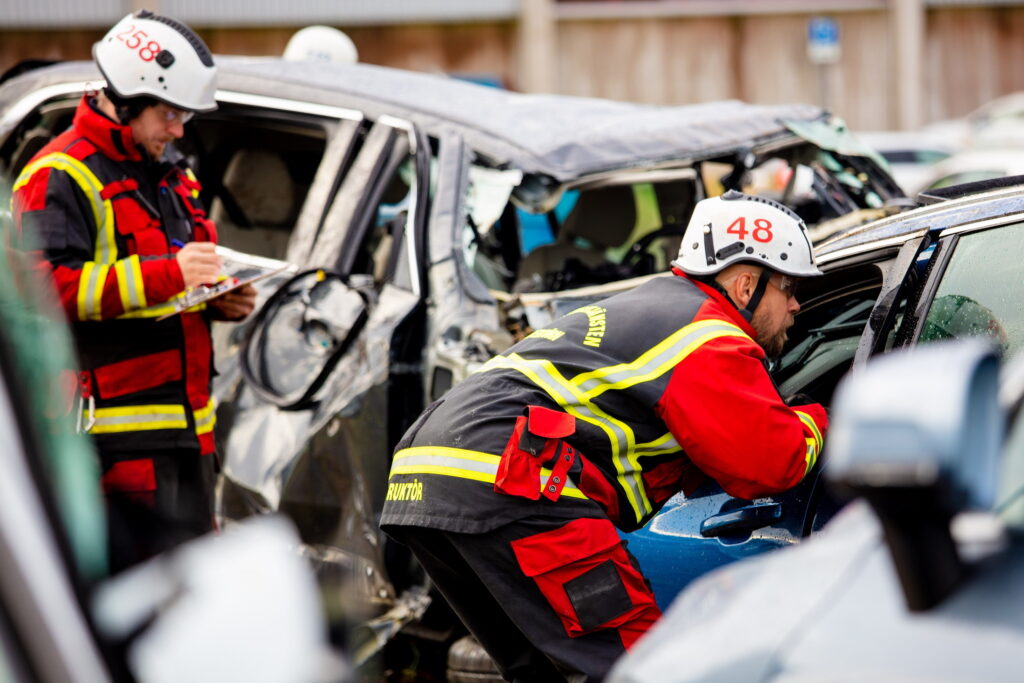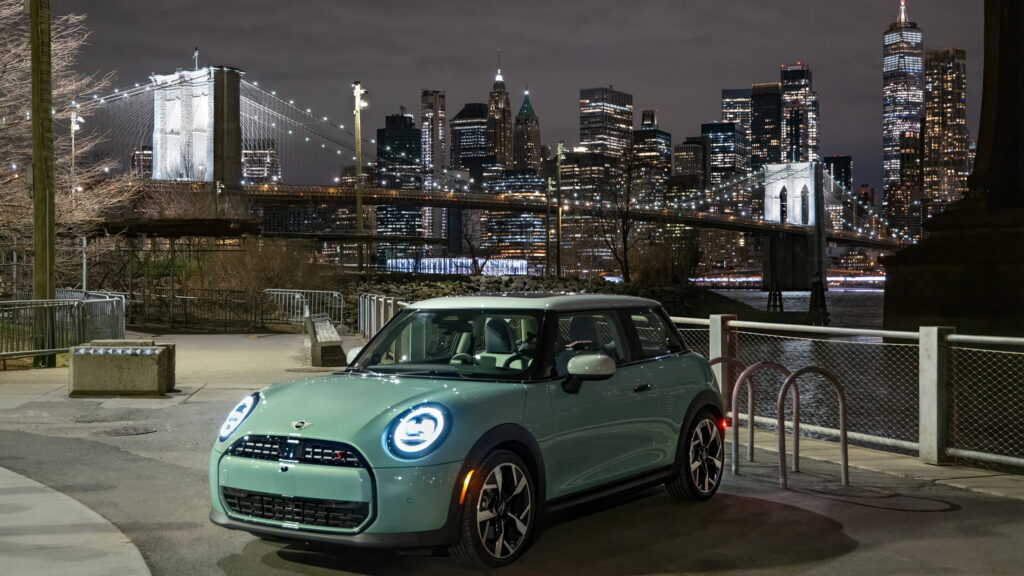- In 2014, New York City introduced “Vision Zero,” a safety campaign to make its roads less dangerous.
- New research shows that the program has been a success, reducing injuries for low-income residents and Medicaid expenditures.
- However, the pandemic made things more complicated for the program, as dangerous driving became more common and traffic enforcement dipped.
Back in 2014, New York City introduced sweeping traffic safety reforms under a program called “Vision Zero.” Now, 10 years later, research published in the American Journal of Public Health reveals that the project helped lead to a significant reduction in traffic related injuries among low-income residents, until the pandemic rolled around.
Vision Zero aimed to make road users safer by lowering speed limits and introducing infrastructure improvements such as protected bike lanes, among other measures. The program also introduced educational campaigns and greater enforcement of traffic laws.
Read: Speed Limit On NYC Streets Could Be Lowered To 20 MPH
Similar programs have since been introduced in other American cities, such as Boston, Los Angeles, and Seattle, making the results of New York City’s program important. According to researchers Kacie L. Dragan and Sherry A. Glied, in the six years following Vision Zero’s introduction, enrollees in NYC Medicaid reported 77.5 fewer injuries per 100,000 people annually.
“We found evidence that… the rate of traffic-related injuries among low-income New Yorkers, and low-income Black New Yorkers in particular, fell relative to trends in surrounding counties,” Dr. Dragan told the American Public Health Association (APHA).

Not only is that good for low-income New Yorkers, who are disproportionately affected by the dangers of traffic, it benefits everyone in the city. The reduction in hospital visits also helped reduce Medicaid expenditures.
“We observed marked reductions in severe injuries (brain injury, hospitalizations) and savings of $90.8 million in Medicaid expenditures over the first 5 years,” said Dr. Glied. “Effects were largest among Black residents.”
However, it’s not all good news. Despite the early success of Vision Zero, New York was not immune to wider American trends relating to road safety. As with the rest of the country, injuries in the city rose during the pandemic, which the researchers attribute to an increase in dangerous driving and a 25 percent reduction in traffic ticketing.
“Our analyses demonstrate that Vision Zero was highly effective in the prepandemic world for which it was designed,” said Dr. Glied. “Whether it can be effectively adapted to the post-pandemic era, and what changes are needed to recapture those gains, remain to be seen.”





